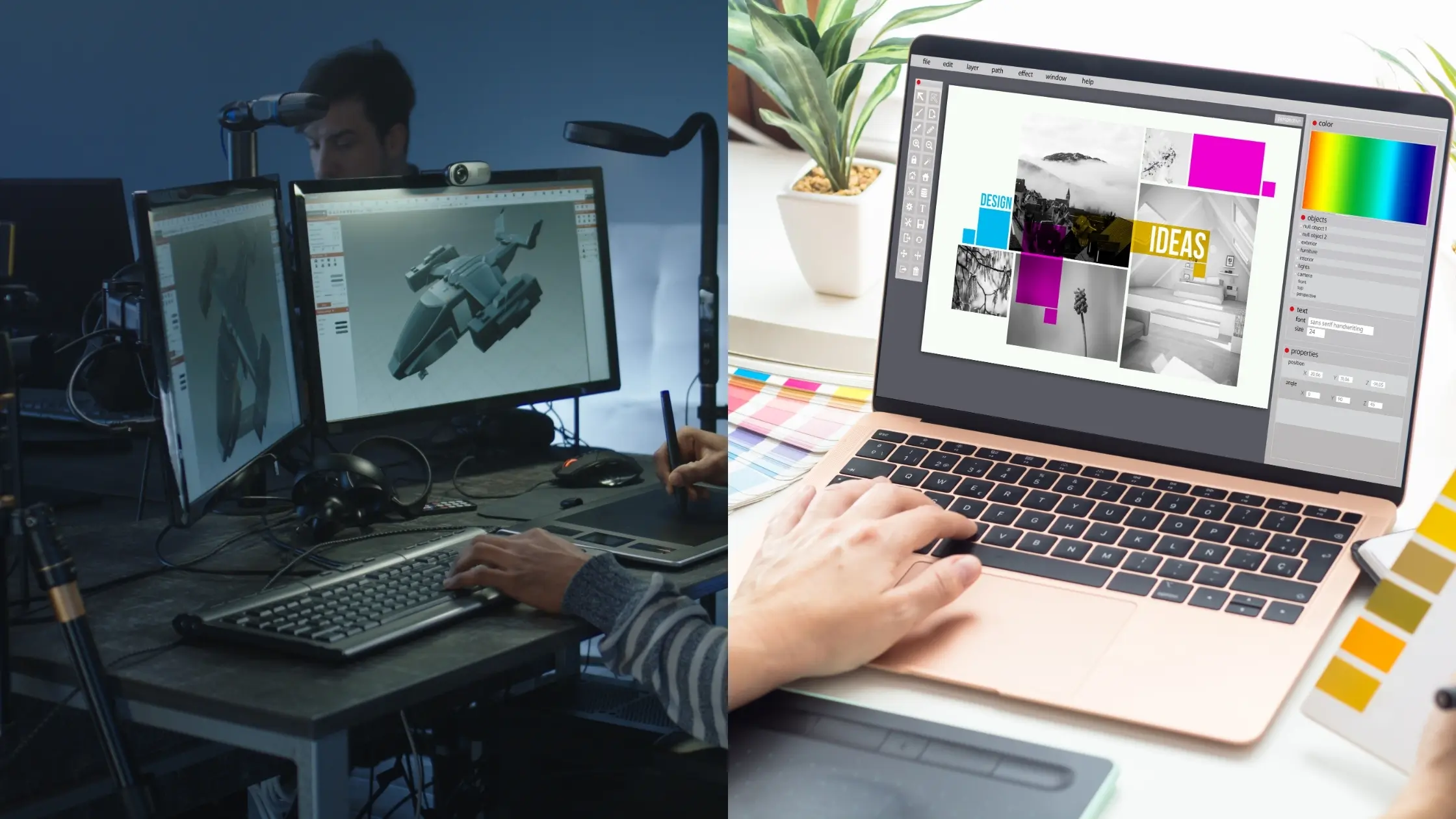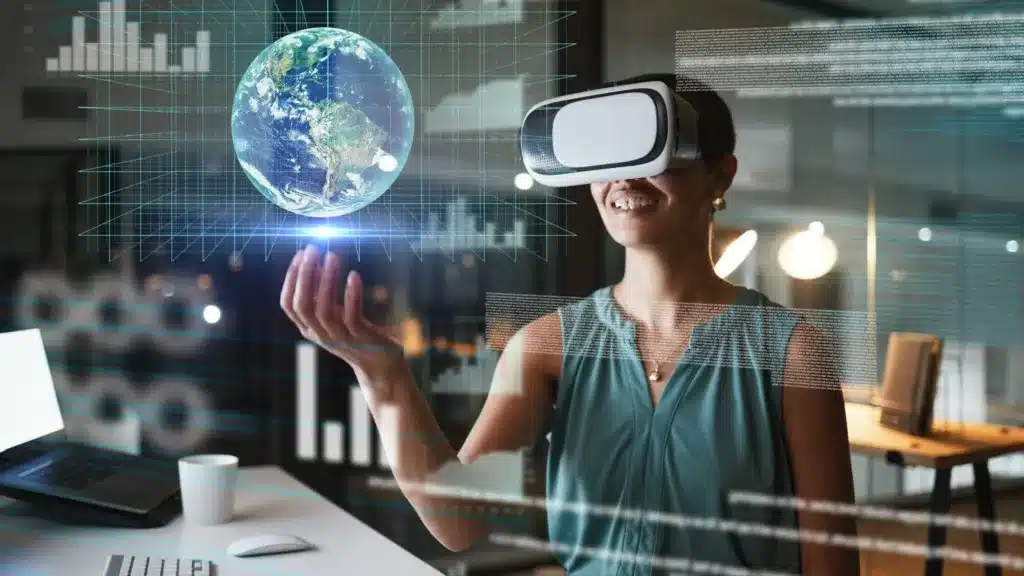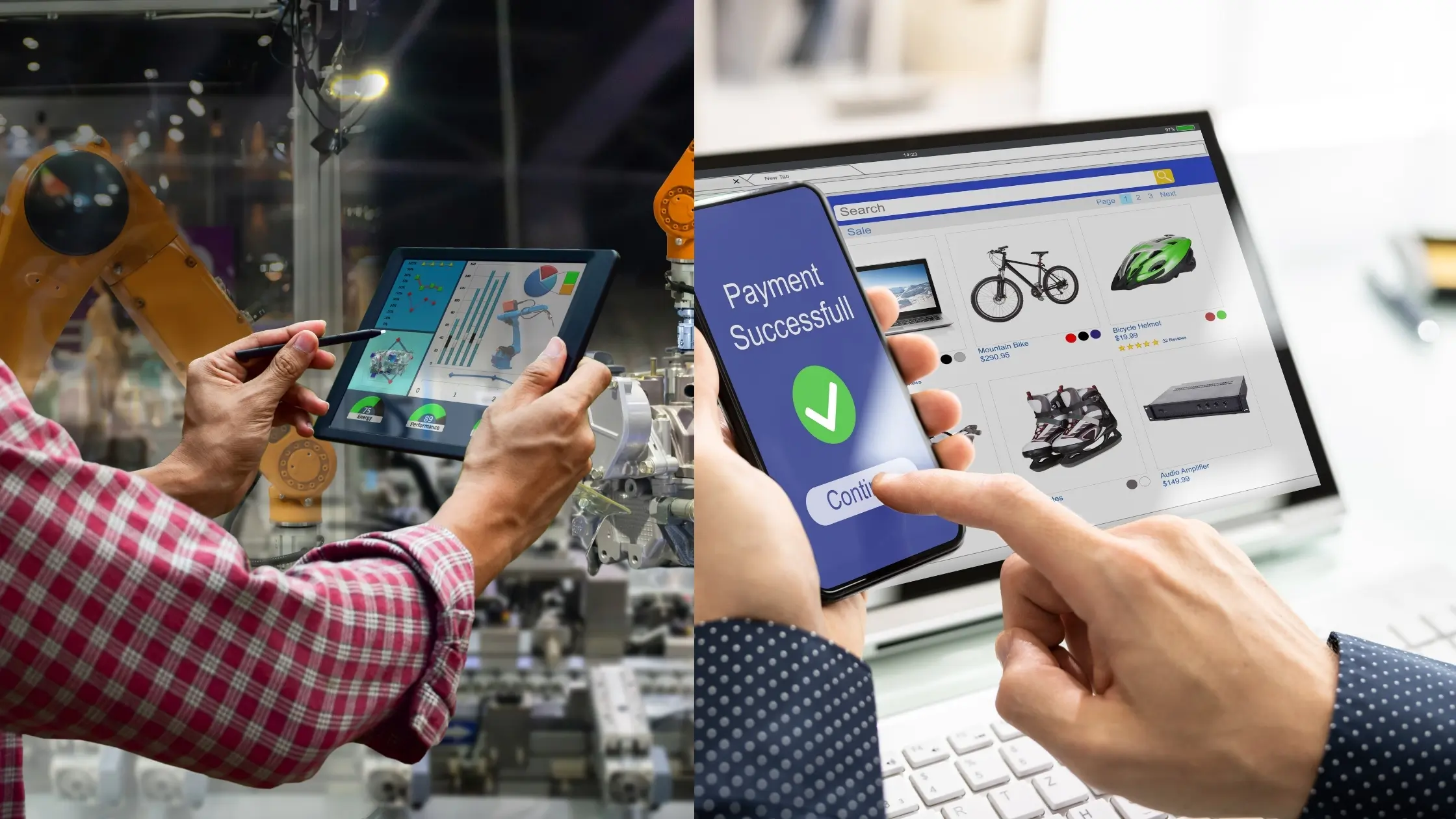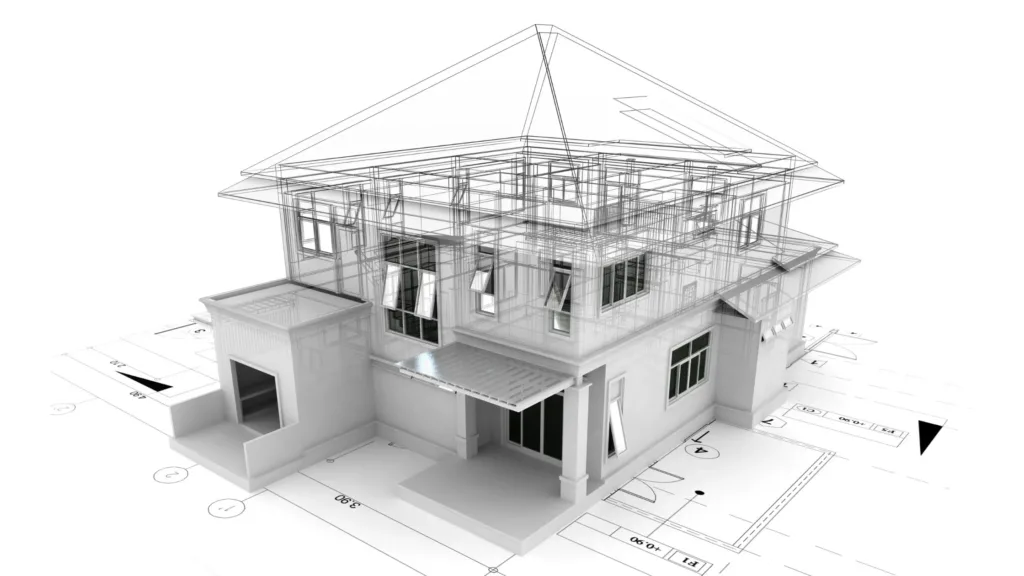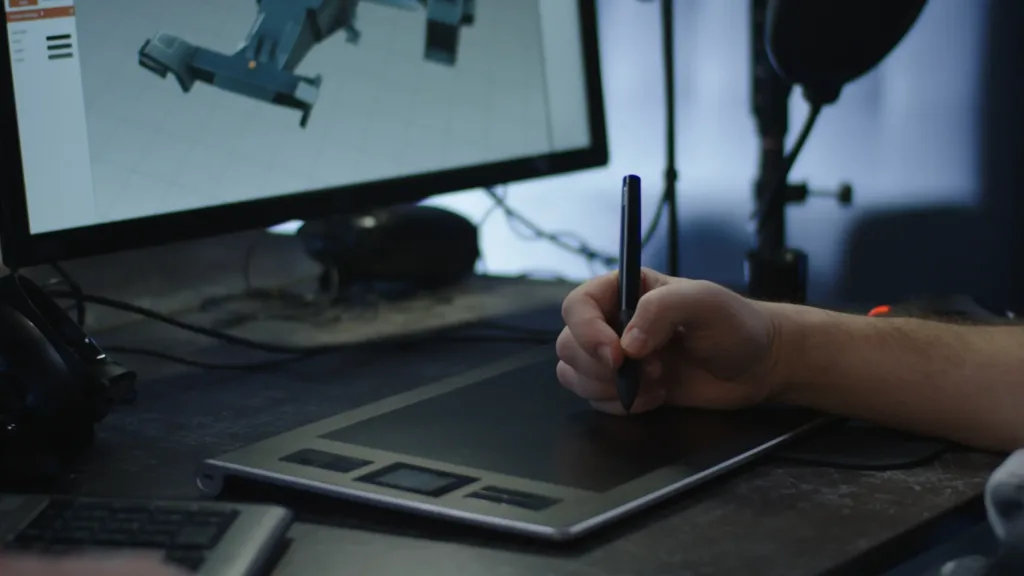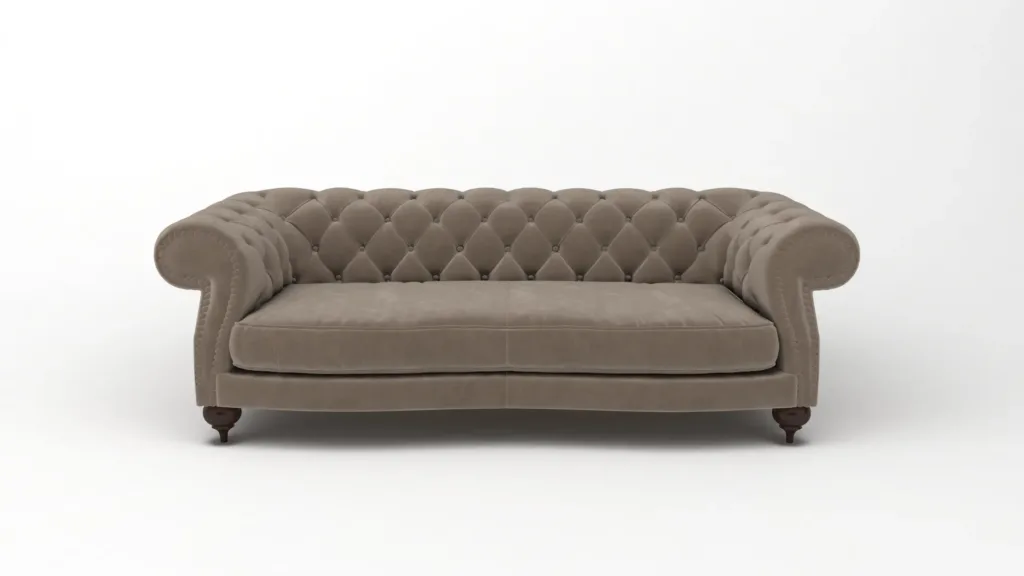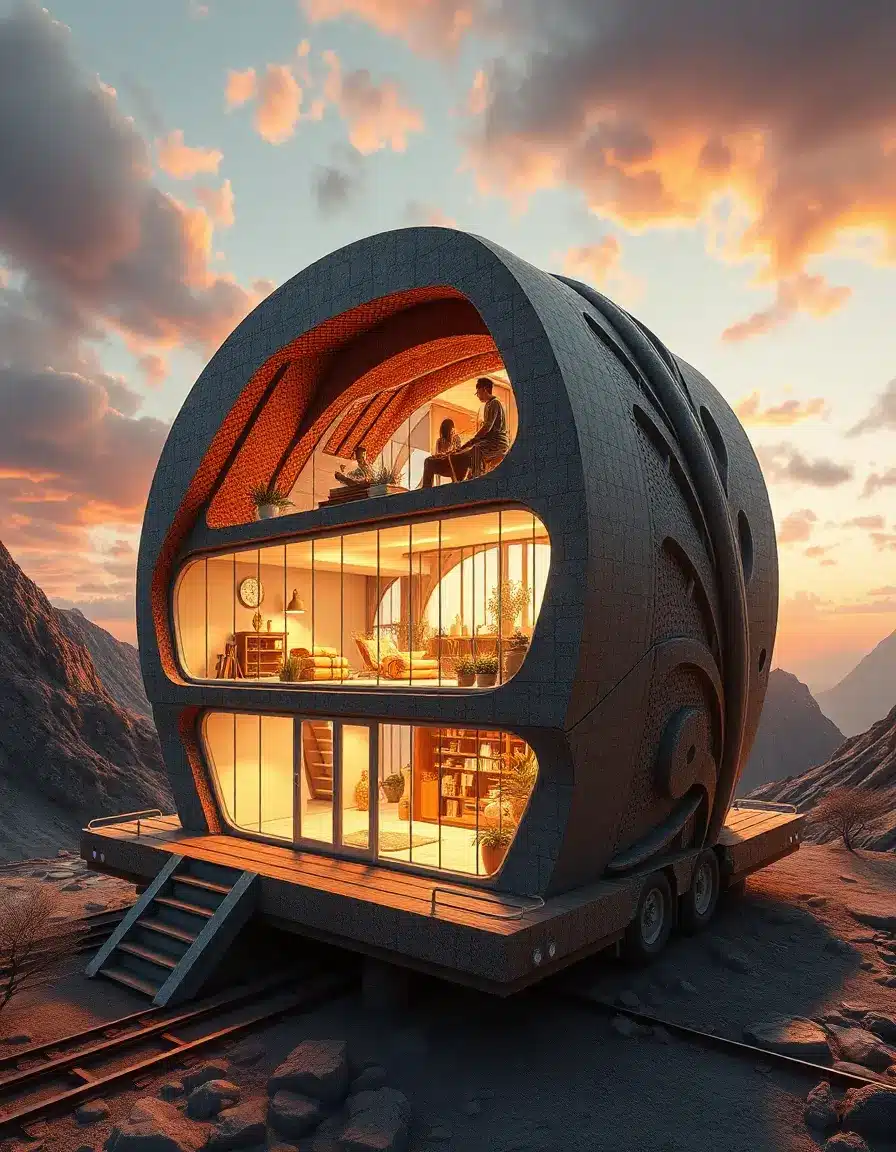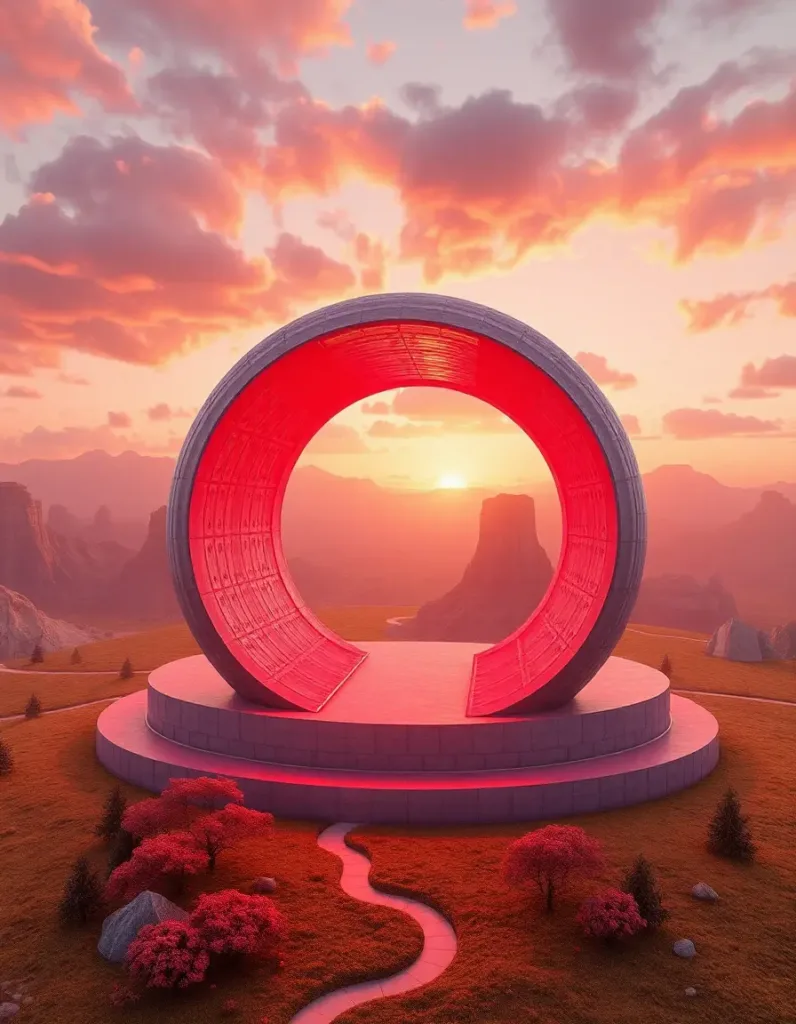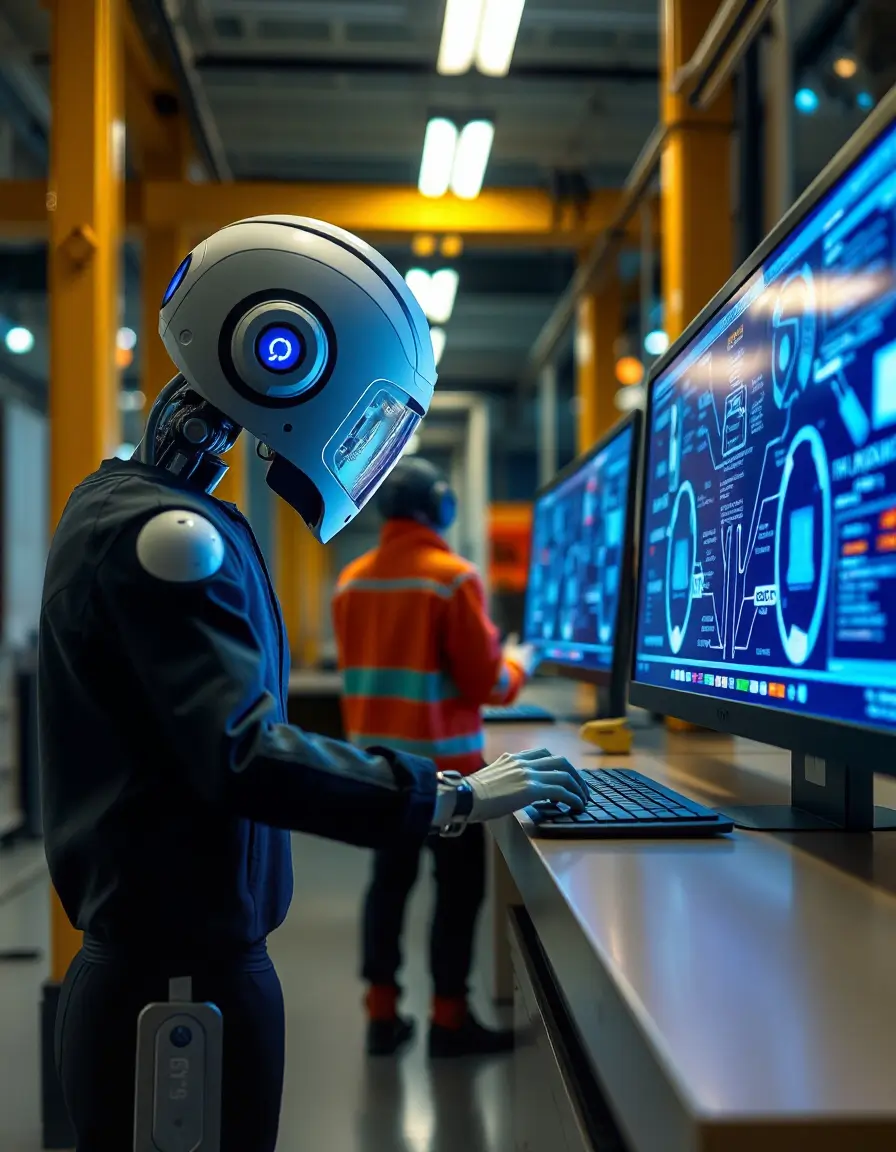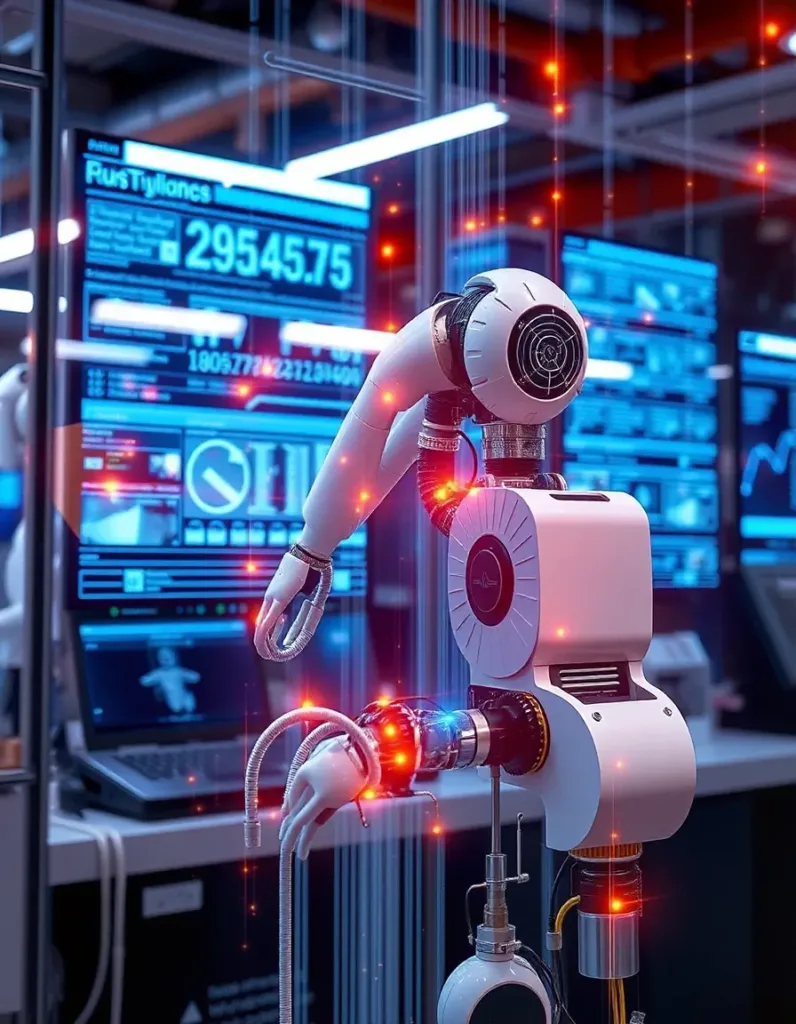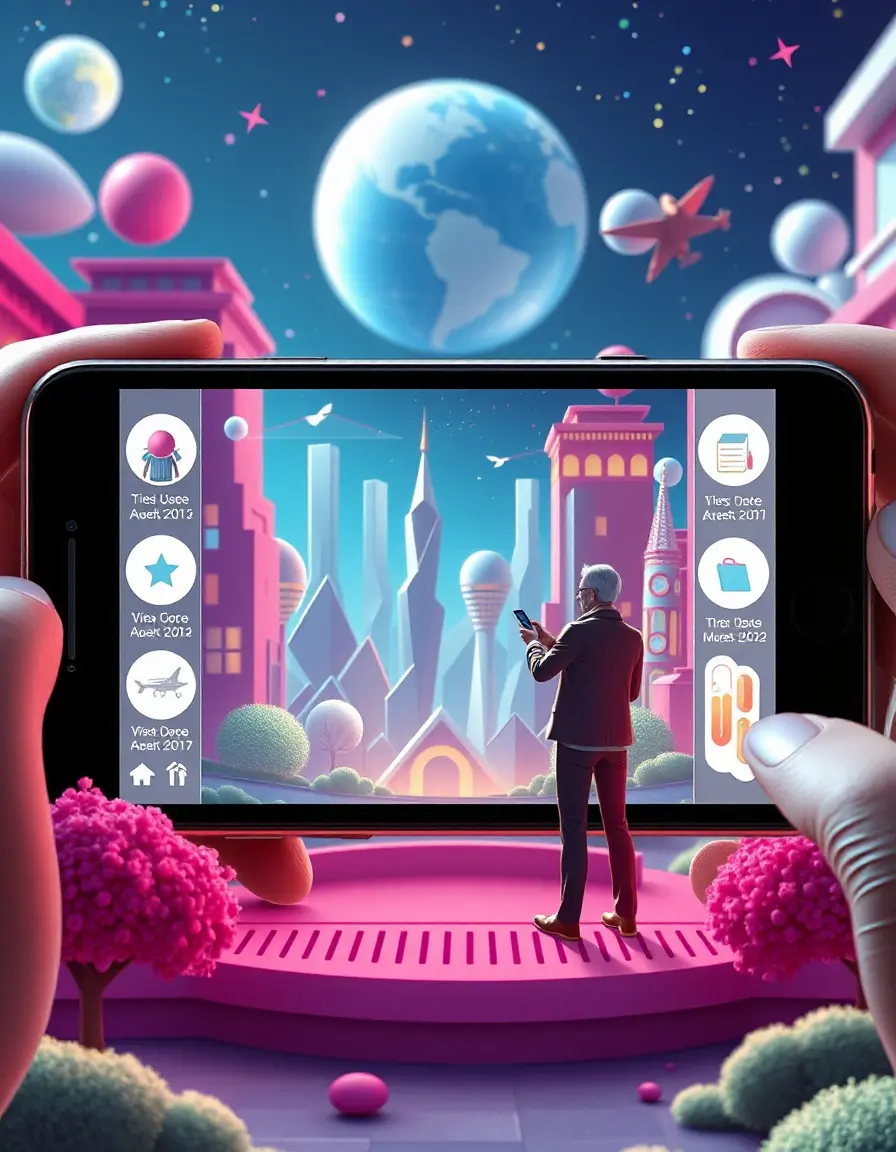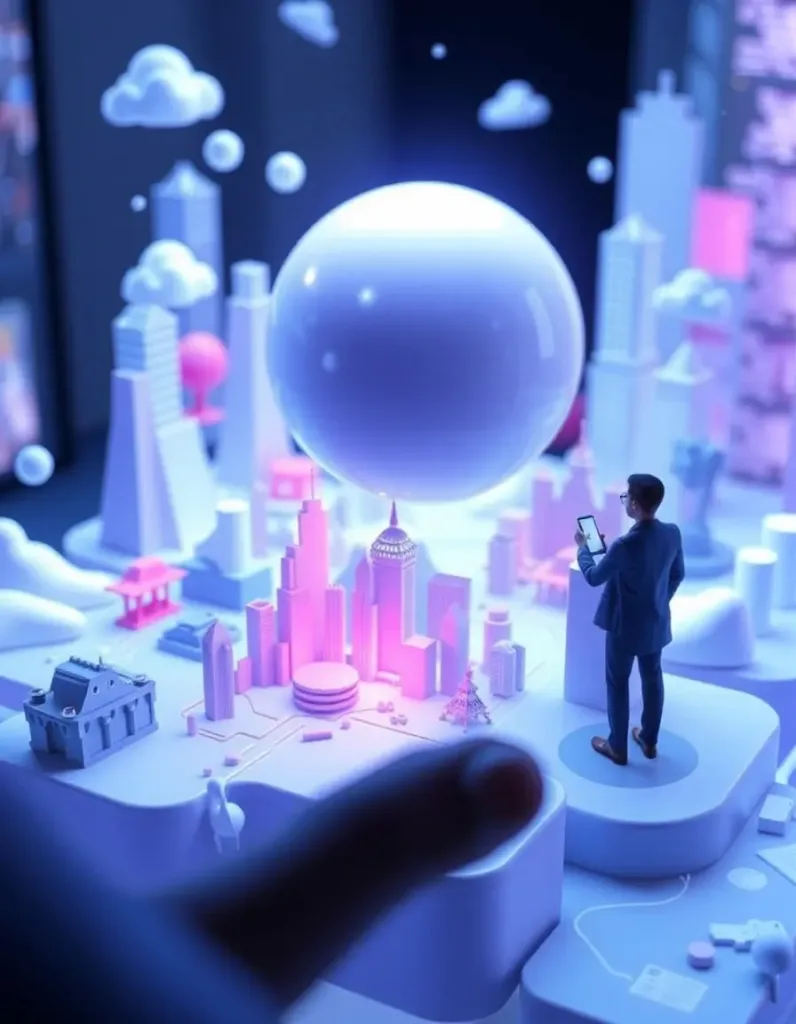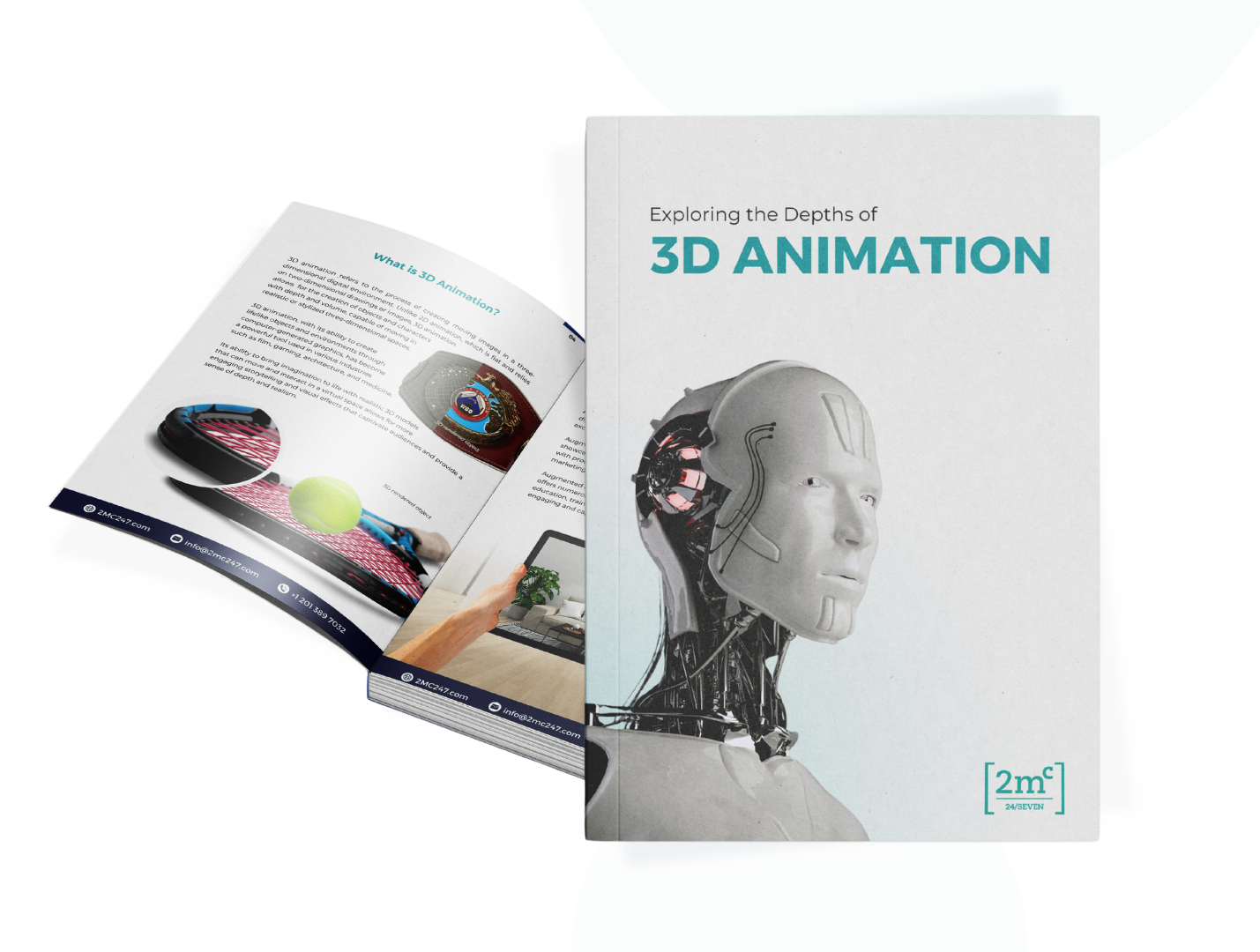In today’s creative industries, there’s often overlap between the roles of 3D Visualization Artists and Graphic Designers—but make no mistake, their skill sets, tools, and focus areas remain distinct, even as collaboration between the two grows more common.
So what sets them apart?
3D Visualization Artists specialize in creating immersive, photo-realistic 3D content. Their work is often technical in nature, transforming architectural plans, product designs, or conceptual ideas into detailed visual representations. These visuals are used across industries—from real estate and architecture to advertising and virtual reality—to support design development, stakeholder presentations, and marketing campaigns.

The core of their workflow typically involves software like Autodesk 3ds Max, which enables:
- Precise modeling based on CAD drawings or sketches
- Realistic lighting and material application
- Camera setup for cinematic rendering
- Integration with rendering engines such as V-Ray, Corona, or Arnold
- Output of stills, animations, and virtual walkthroughs
To enhance and finalize their outputs, many 3D artists also use tools like:
- Photoshop for texture creation and post-production
- Illustrator for vector overlays and annotations
- After Effects or Premiere Pro for motion graphics and video editing
This hybrid approach helps them deliver polished visuals that not only tell a compelling story but are also presentation-ready for both digital and print platforms.
Graphic Designers, by contrast, focus primarily on 2D design. Their expertise lies in visual communication—crafting brand identities, marketing materials, UI/UX interfaces, packaging, and more. They work heavily with typography, color theory, layout, and composition to create designs that are not only aesthetically pleasing but also strategically aligned with brand goals.

Where things begin to blur is in modern workflows. Increasingly, 3D Visualization Artists are expected to bring some level of graphic design expertise to the table. Whether it’s building branded presentation decks, designing UI mockups for interactive environments, or producing social-ready marketing assets, the crossover is growing.
So how do companies distinguish between the two roles?
- 3D Visualization is rooted in realism, spatial understanding, and simulation.
- Graphic Design centers on communication, branding, and visual hierarchy.
When a creative professional develops both skill sets, they become uniquely equipped to offer holistic solutions—from the technical depth of 3D modeling to the brand-savvy touch of 2D design.
As someone who has specialized in 3D visualization for nearly two decades, I’ve seen firsthand how integrating graphic design and even aspects of IT into my work has been essential. Becoming truly skilled in this space takes time, but the ability to blend disciplines has proven to be a game-changer.
What’s your take? Do you see these roles merging in your industry too?

